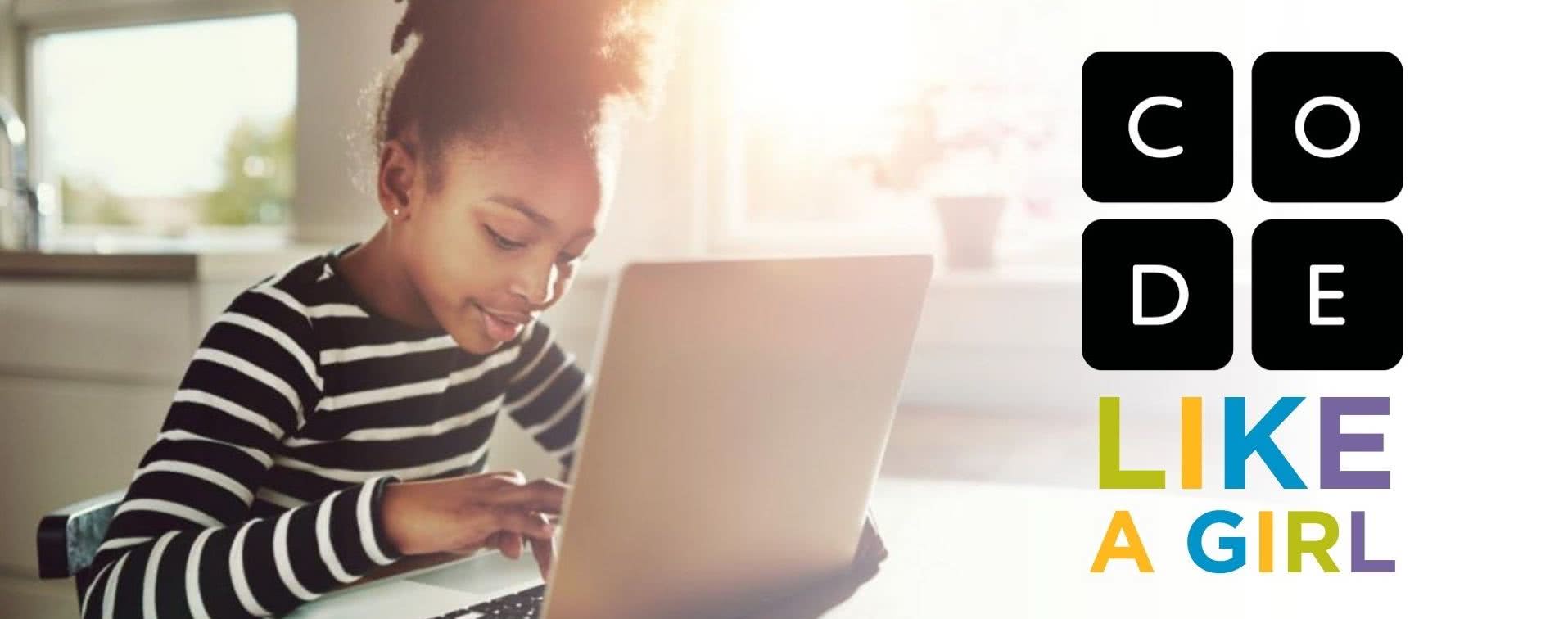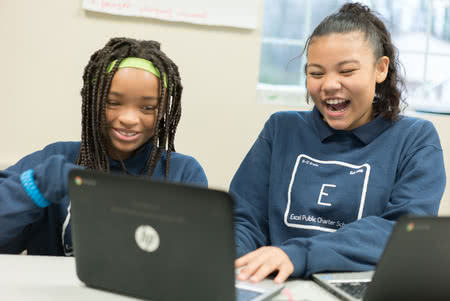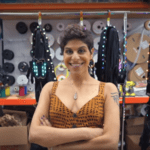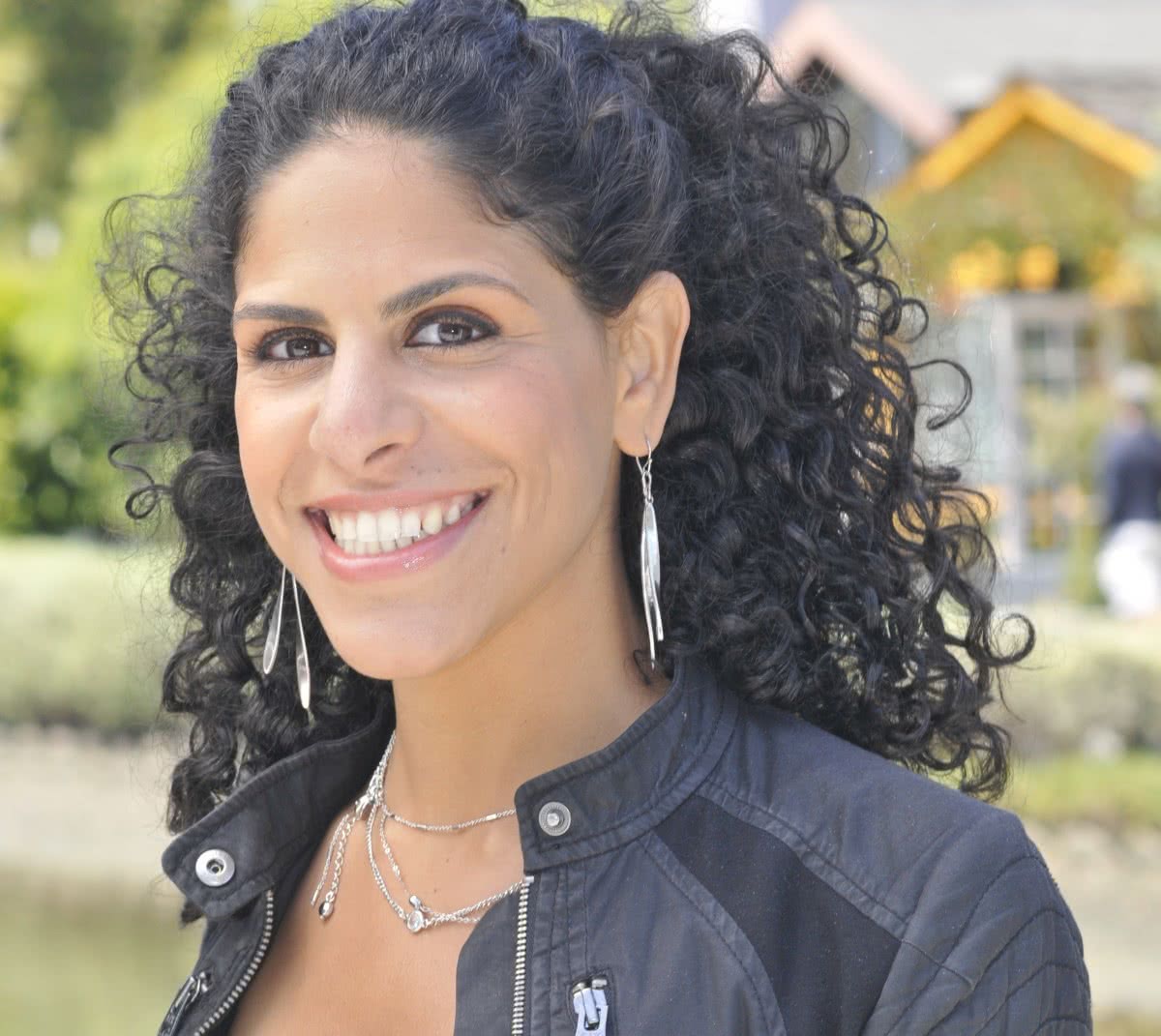Teach
About
Privacy & Legal

In U.S. high schools, the Advanced Placement exam in Computer Science has historically (since the beginning of the century) had only 22 percent participation by young women. This gender gap problem extends to university programs and to the software workplace, which suffer a similar lack of diversity.
While things are starting to move in the right direction, we have a long way to go to reach a balanced population in computer science. Code.org focuses on K-12 learning because data shows that experiences in K-12 directly impact students’ future in computer science. Among young women, those who try AP Computer Science in high school are 10 times more likely to major in computer science.


“My goal is to show women and girls how they can turn their passion into a career, leveraging technology as the tool to allow them to do it.”
Miss DC Shares Her Coding Secrets, Media Planet

“I’m dedicated to helping build a truly diverse and vibrant community of inventors who know how to listen, understand, question, and be prepared to redesign the world.”
MayLiKhoe.com

“It is important to have women on the gaming side. It’s about creating worlds that we all want to escape into, and I think it’s about creating diverse characters and interesting storylines.”
Halo head Bonnie Ross: Diversity attracts diversity

“Thirteen-year-old girls can easily become interested in computers and technology as long as they're given the opportunity.”
Lyndsey Scott Tells Us What It's Like To Be A Victoria's Secret Model Who Codes In Her Free Time, Business Insider

“People who write code, people who dance, people who create the costumes...can all come together into a room and create something magnificent.”
Made with Code: Miral Kotb, Founder of iLuminate
Both boys and girls care about making the world a better place and may not be aware of how computer science can contribute to this. In fact, only 22% of girls say they’re very likely to one day have a job where they need to know CS.
You can help by showing examples of CS careers that blend academic skills such as problem solving with intrinsic social causes like conservation or medical care. When students see that a career in CS can be rewarding in a variety of ways, they’re more likely to continue pursuing their interest.
Take a look at some great examples of how everyday people use CS in their careers.
Dispel misconceptions about what a future in computer science looks like by using our inspirational videos, many of which feature women in a variety of creative and impactful industries!
Students have positive attitudes about science careers when they’re able to see what a day in the life really looks like, especially if it’s highly collaborative. In addition to videos that dive deep into potential careers, it’s a great idea to connect with a local university or college’s CS department to coordinate a school visit or guest speaker.

“When I work with celebrities, because I know code they instantly respect me and listen to what I have to say...to get the respect of people around you for what you really know how to do and not be afraid to do it will last you your whole life.”
Miral Kotb, Founder of iLuminate
*Our recommendations summarize learnings from interviews with and written materials from CS educators, psychology researchers, as well as material from NCWIT, Google, and other organizations dedicated to growing participation of women in technology.